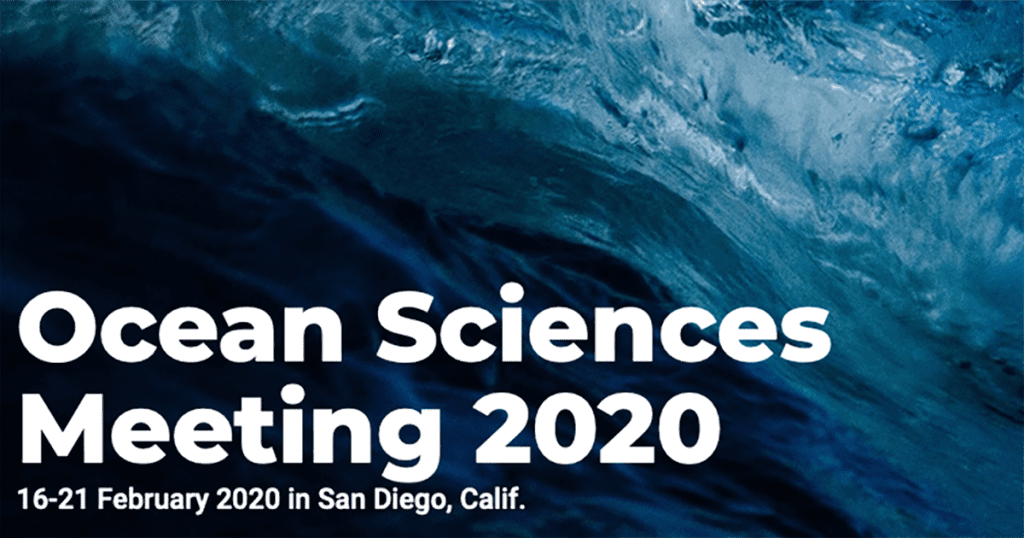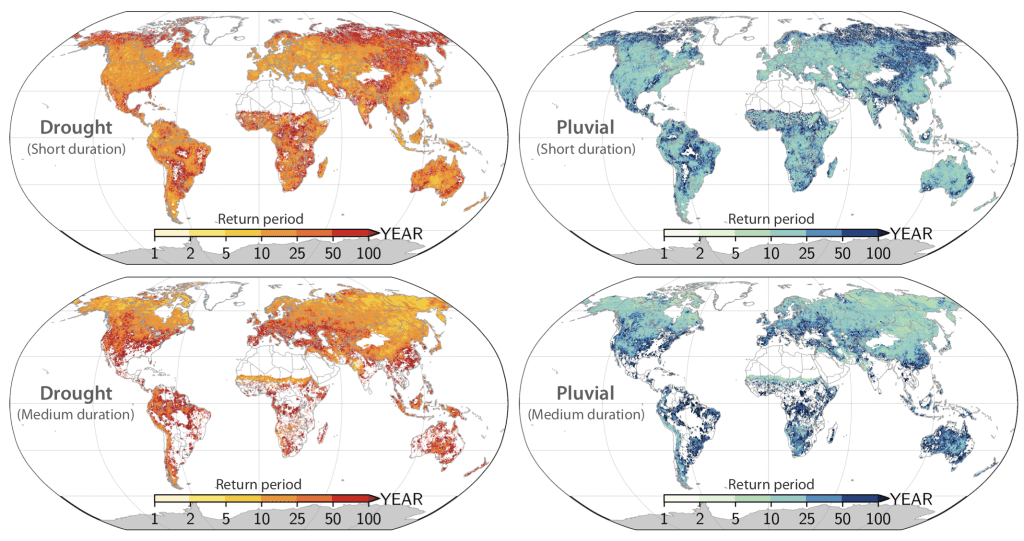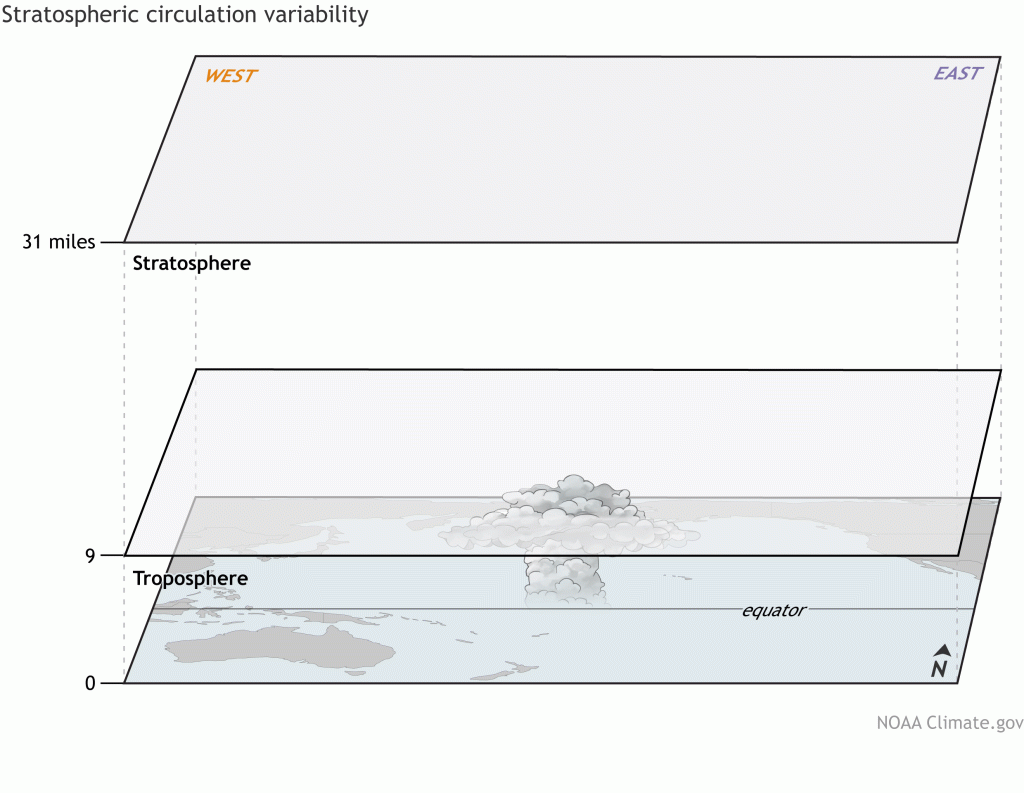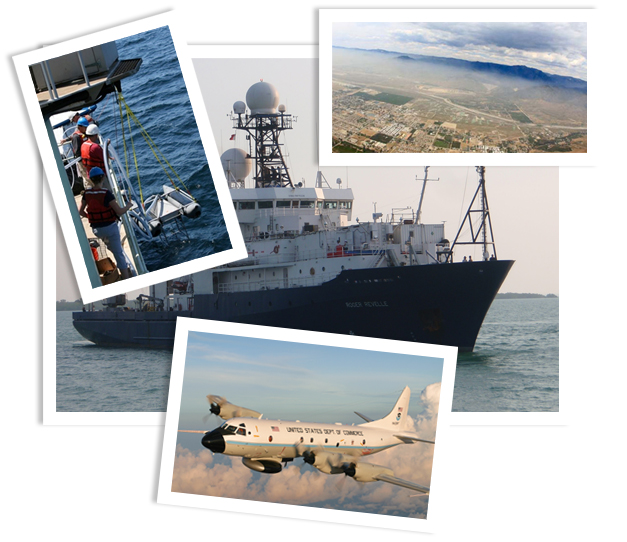COM-funded projects demonstrate value of ocean data in improving understanding and modeling
A number of researchers, funded in part by the Climate Observations and Monitoring (COM) Program, presented results that could help improve Earth-system prediction at the Ocean Sciences Meeting 2020.










